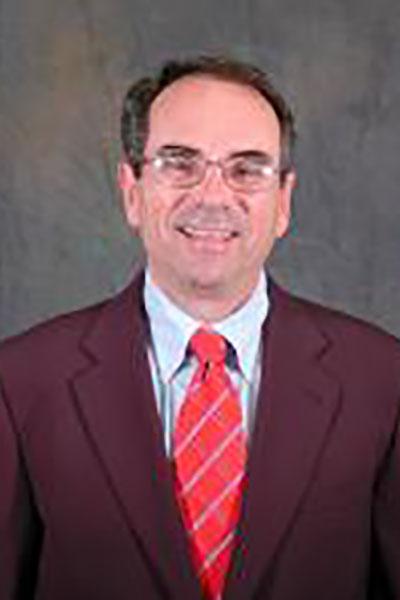12 August 2020 - 9:00 am to 4:30 pm EDT
Registration closes on 10 August 2020 at 5:00pm EDT
Online via WebEx
Price$279 IEEE ComSoc member |
Not a member? Join ComSoc Today IEEE Members can add ComSoc to their membership. |
Course Description
Communications Payload, Ground Segment, and Technology in the 10-30 GHz Frequency Range
This day-long course presents the configuration and application of high throughput satellite (HTS) systems that were first introduced around 2000 and represent an important capability to provide broadband interactive services from space-based repeaters. We address the selection of orbit, frequency band (generally those between 10 and 30 GHz), and how best to configure the satellite communications payload for the intended service. Essential elements include: spot beams for frequency reuse and elevated levels of EIRP and G/T; cross connect systems including physical connections and digital processing “channelizer” configurations; high-power platforms in GEO; and efficient amplifier designs.
Users of these capabilities would represent individual consumers, enterprises and governments, for fixed and mobile platforms. Technology for implementing the ground segment, user terminals, and applications will be addressed at the subsystem level, with identification of key technologies to facilitate a cost/effective application system. Limitations will be discussed that relate to the available spectrum, GEO and non-GEO orbits, radiowave propagation, amplifiers and antennas, and interface with the public Internet and private networks.
Who Should Attend
Participants should have a degree in physics or electrical/electronics engineering or equivalent and some familiarity with satellite communications and microwave systems.
Instructor

Learning Objectives
Take this course to:
- Understand where HTS fits within the general structure of satellite communications systems
- Assess how HTS addresses needs for broadband interactive services (video and data) to fixed and mobile end users Based on current and evolving technology, configure the architecture of an HTS system, in terms of the type and number of satellites
- Develop a ground segment strategy and understand critical technology and integration issues
- Understand the tradeoffs among choices for orbit (GEO and non-GEO), frequency band, link characteristics, and terminals
Course Content
- High Throughput Satellite (HTS) requirements in the private and government sectors
- Radiowave propagation in the 10 to 30 GHz range on space-to-earth paths: rain models and their application; other atmospheric impairments (clouds, ice particles, scintillation)
- Orbit considerations for broadband systems – Geostationary and non-Geostationary
- Selection of transmission system design (data rates, modulation and coding, and multiple access)
- The satellite communications payload design and technology for HTS, considering both analog and digital electronics (digital channelization and beam forming)
- Spacecraft multi-beam antennas: multi-feed systems vs. direct radiating arrays
- Ground segment structure in relation to space resources and integration with the overall network; overcoming rain fade through adaptive coding and modulation, power control, and space diversity
- Review of end-user terminals and critical technologies – antennas (fixed and tracking), amplifiers (high efficiency GaFET and GaN), modems
- Conclusions - the most effective architecture and strategies
Course Materials
Each registered participant receives a copy of instructor slides and access to the recording of the course for 20 business days after the live lecture. Earn 0.6 IEEE Continuing Education Units for participating.
Upon registration, you will automatically be emailed the WebEx invitation for the course session, but you will also be sent a reminder message to join the WebEx session prior to the start of the course. Course materials will be emailed to you and will be available for download from the WebEx session page for this course, the day prior to the scheduled course date.
Course Cancellation and Refund Policy: Requests for online course cancellations must be received 3 business days prior to the course date for a full refund. Once course materials have been shared with a participant, a cancellation request cannot be accommodated.
Contact Us
For general inquiries and technical support, contact Tara McNally, Certification and Professional Education Manager.
Review the system requirements for WebEx.
Test your browser by joining a meeting.


